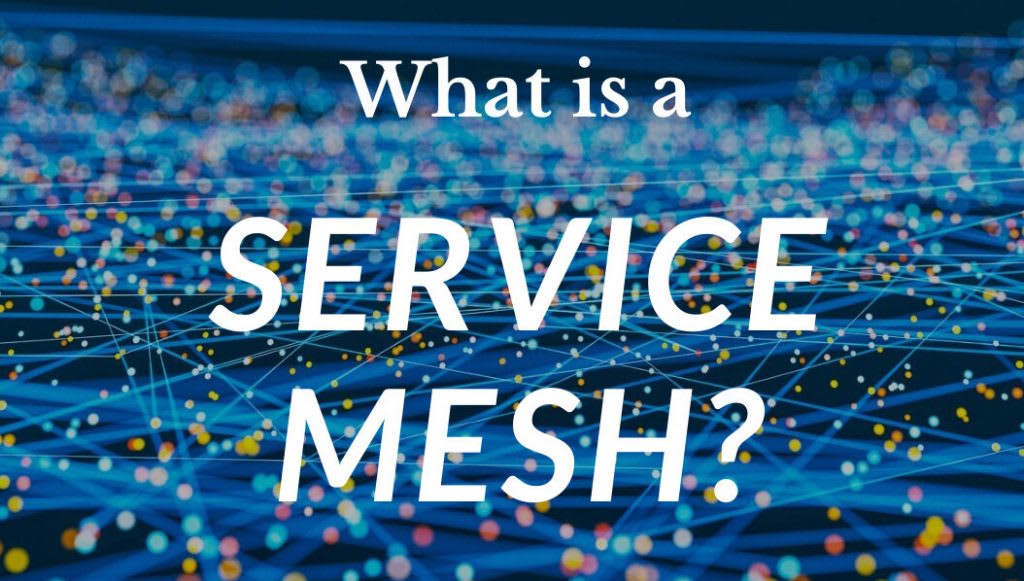Category: Tutorials
The Liquid Web knowledgebase provides information on thousands of topics surrounding every aspect of hosting, Linux, Windows, and countless other article types that help boost your Liquid Web experience!
How Was My Website Compromised?
In this tutorial, we will look at several methods that are used to compromise a website. In today's world, websites use multiple procedures that represent the core functions of a modern business. Whether you have an eCommerce site or a business card site, a website is essential for driving business growth. We can safely state that a website is a unique image of your respective business.
How to Benchmark a Website Using Apache Bench
What is Apache Bench?
Apache Bench is a benchmarking tool that is included with the Apache web server software. It is designed to provide an impression of how our Apache installation will perform under different circumstances. Specifically, it shows us how many requests per second our Apache installation can serve.
DevOps: A New Perspective on Shared Automation
What is DevOps?
DevOps is a set of various tools, practices, and ideals that combine software development (Dev) and IT Operations (Ops) into a single unifying force. It allows for better collaboration between developers, operations teams, system administrators, and system engineers. Their streamlined goal is to continually provide a high-value software product to the customer at high speed while monitoring and improving the overall process than using traditional software and infrastructure management.
What is PyCharm?
PyCharm is an Integrated Development Environment (or IDE) for the Python programming language. It is a cross-platform development environment that is compatible with Windows, macOS, and Linux. It provides a tool that integrates code analysis, graphical debugging, unit testing, and an integrated terminal that supports development on remote hosts and virtual machines.
Remote Desktop Protocol (RDP) is the easiest and most common method for managing a Windows server. Included in all versions of Windows server and has a built-in client on all Windows desktops. There are also free applications available for Macintosh and Linux based desktops. Unfortunately, because it is so widely used, RDP is also the target of a large number of brute force attacks on the server. Malicious users will use compromised computers to attempt to connect to your server using RDP. Even if the attack is unsuccessful in guessing your administrator password, just the flood of attempted connections can cause instability and other performance issues on your server. Fortunately, there are some approaches you can use to minimize your exposure to these types of attacks.
What is a Service Mesh?

What is Service Mesh?
A service mesh is an additional infrastructure layer that provides a means of communication between all services in a given application. It is typically deployed as a series of proxies alongside each service instance. Since the service mesh proxies are deployed alongside the application services and not as part of it, they are often referred to as sidecars. This means that as a whole, these sidecar proxies are a mesh network and an infrastructure layer separate from the application. A service mesh not only brokers communication between all services in an application but, since all requests, both internal and external, pass through it, it provides a means for handling many tasks that can be obfuscated away from the application.
How to Install and Configure the Kubernetes Dashboard
The web-based Kubernetes console is an interface that provides information about the state of the Kubernetes cluster. The dashboard is also used for deploying containerized applications as well as for general cluster resource management. Traditionally, kubectl is primarily used in the terminal for nearly all cluster related tasks. Still, it is useful to have a visual representation of our cluster in a user-friendly interface. To install the dashboard, kubectl needs to be installed and running on the server.
How to Install Kubernetes Using Kubeadm on Ubuntu 18
What is Kubernetes?

In this article, we review what Kubernetes and Kubeadm are, how to install, create a cluster, and set up worker nodes using Kubeadm. If you are not yet familiar with Kubernetes, we recommend reading our article on the fundamental basics of Kubernetes.
How to Install and Configure Chef on Ubuntu 18.04
Introduction
In this article, we will be reviewing the Chef software, how it works, and why it is useful. We will also explore how it is helpful in DevOps. And then, we will install Chef on Ubuntu 18.04.
2022 cPanel and Plesk Pricing Breakdown
In October, Oakley Capital, the parent company of cPanel and Plesk, announced a pricing increase to their current cPanel and Plesk licensing structure, which will take effect on January 1, 2022. While we understand that incremental price increases from providers happen occasionally, Liquid Web does our very best to try and limit the costs that we have to pass on to our customers.
Our Sales and Support teams are available 24 hours by phone or e-mail to assist.

